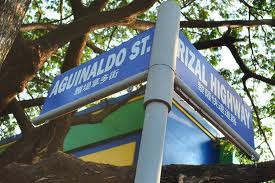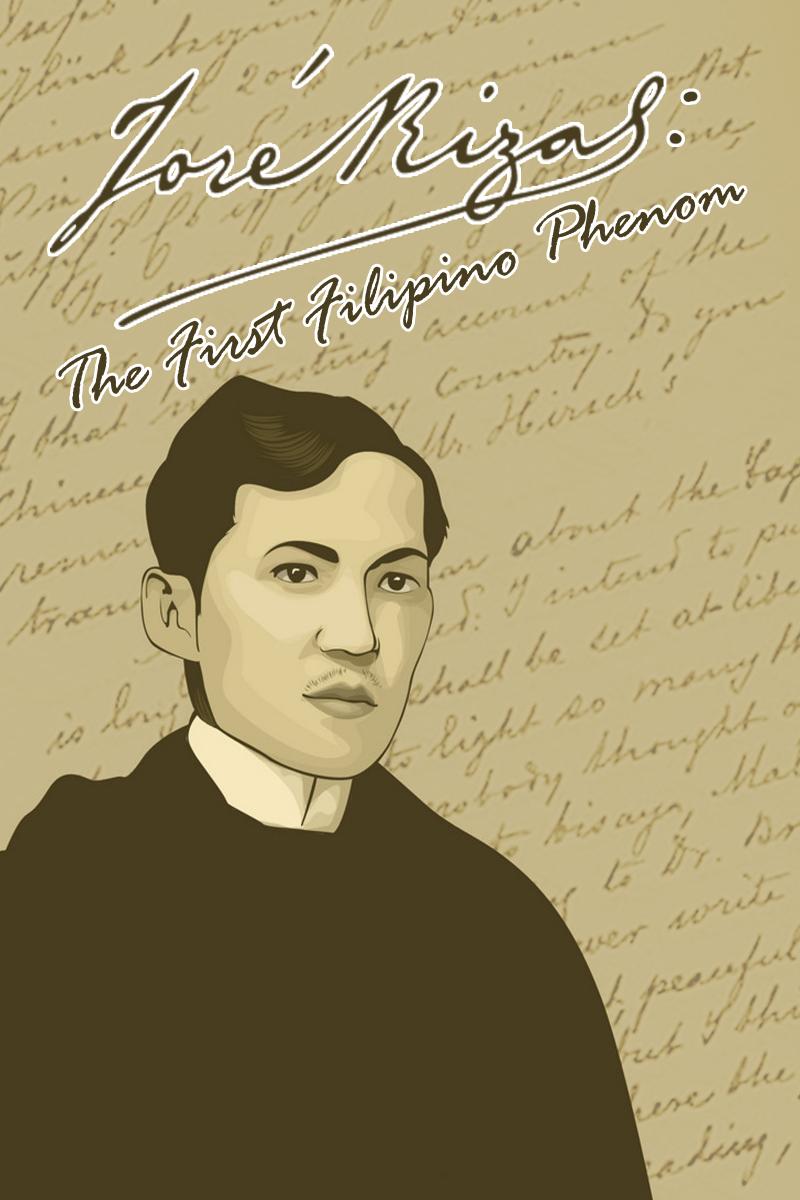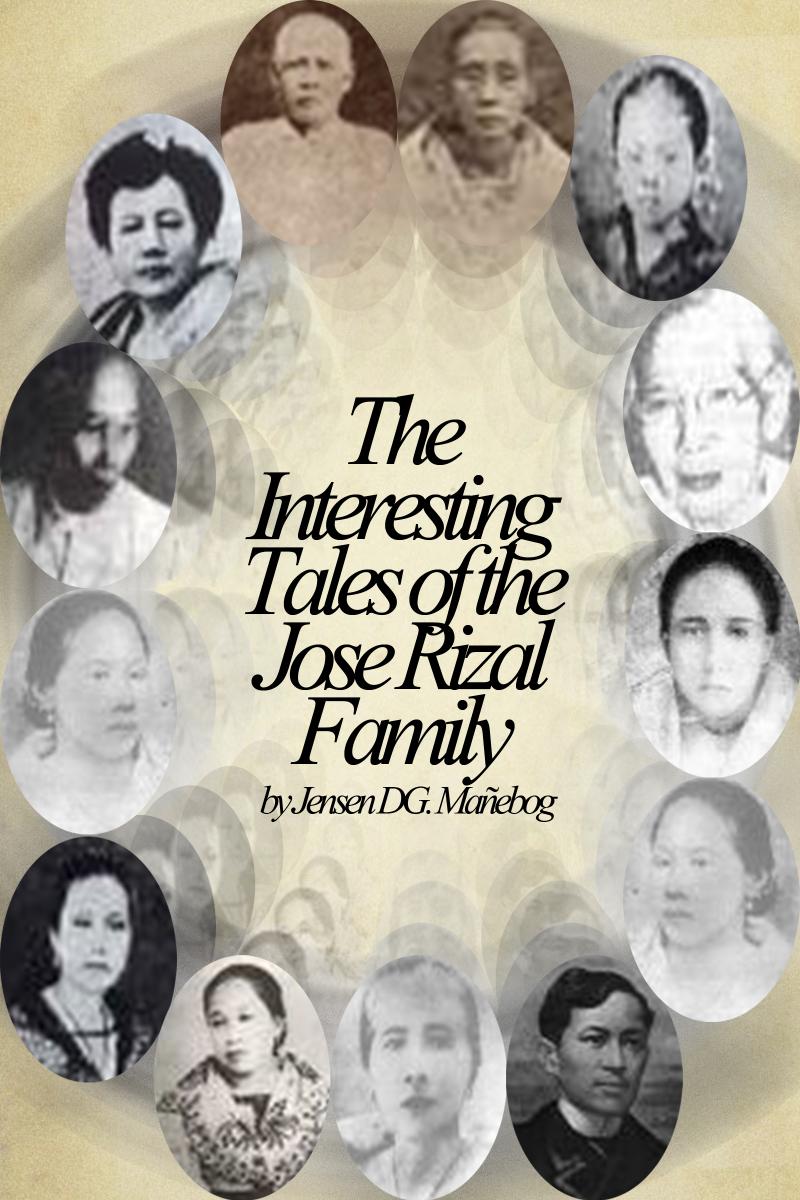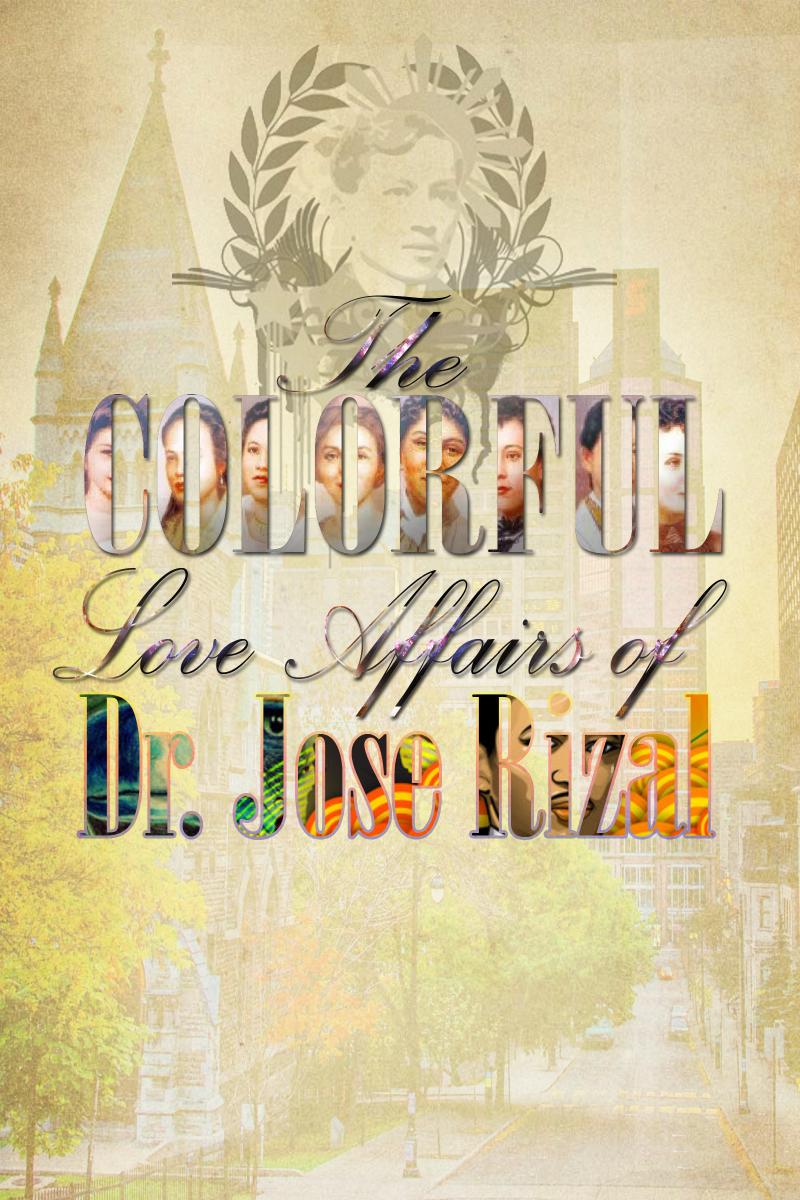Sponsored Links
Jose Rizal and Emilio Aguinaldo Connection
 EMILIO AGUINALDO Y FAMY is the officially recognized Philippines’ first president. He was the youngest to have become the country's highest official (at age 29) and the Filipino president to have outlived the most number of his successors.
EMILIO AGUINALDO Y FAMY is the officially recognized Philippines’ first president. He was the youngest to have become the country's highest official (at age 29) and the Filipino president to have outlived the most number of his successors.
Born on March 22, 1869, Aguinaldo was eight-year younger than Jose Rizal. Emilio was the seventh of the eight children of a rich and well known Chinese mestizo couple, Carlos Aguinaldo and Trinidad Famy, in Cavite Viejo (present-day Kawit), Cavite. His father was once appointed as the town’s ‘gobernadorcillo’ (municipal governor).
When Emilio was 17 years old, he became the ‘Cabeza de Barangay’ of Binakayan’, a main barrio of their town. In 1895, he became Cavite Viejo’s ‘capitan municipal’ at the age of 26.
As Katipunero and ‘El Presidente’
Aguinaldo joined Andres Bonifacio’s Katipunan in 1894. Emilio’s ‘nom de guerre’ was ‘Magdalo’ (in honor of Mary Magdalene) which was coincidentally also the name of his Katipunan local chapter led by his cousin Baldomero Aguinaldo. Under Emilio’s leadership, his Katipunan group won numerous battles. Perhaps the most notable of which was the ‘Battle of Zapote Bridge’ in Cavite on February 17, 1897 in which they defeated the Spanish forces led by General Camilo de Polavieja himself.
 In a meeting between the Magdiwang and Magdalo factions of the Katipunan held on March 22, 1897 in Tejeros, Cavite, the republic of the Philippines was proclaimed by the Katipunan Supremo, Magdiwang’s Andres Bonifacio. The (controversial) election which ensued had Aguinaldo elected as the President, while Bonifacio won as the Director of the Interior. But after Magdalo’s Daniel Tirona questioned Bonifacio’s qualifications for the position, the Supremo became angry and declared the assembly dissolved and all the election results annulled.
In a meeting between the Magdiwang and Magdalo factions of the Katipunan held on March 22, 1897 in Tejeros, Cavite, the republic of the Philippines was proclaimed by the Katipunan Supremo, Magdiwang’s Andres Bonifacio. The (controversial) election which ensued had Aguinaldo elected as the President, while Bonifacio won as the Director of the Interior. But after Magdalo’s Daniel Tirona questioned Bonifacio’s qualifications for the position, the Supremo became angry and declared the assembly dissolved and all the election results annulled.
In October 1897, General Aguinaldo convened an assembly of revolutionary generals at Biak-na Bato in San Miguel Bulacan. The council decided to form a constitutional republic. The adopted constitution provided for the creation of a Supreme Council of which Aguinaldo was chosen as president.
Together with other revolutionary officials, Aguinaldo departed for Hong Kong on December 23, 1897 to enter voluntary exile. After the ‘Battle of Manila Bay’ in May 1898, Aguinaldo returned to the country and resumed command of the Filipino revolutionary forces.
On May 24 in Cavite, he dispensed a proclamation that he was establishing a dictatorial government with himself as dictator and thus assuming command of all Filipino forces. On June 12, he issued the historical Philippine Declaration of Independence from Spain. Six days after, Aguinaldo issued a decree formally founding his dictatorial government. On June 23, however, he issued another decree replacing his dictatorial government with a revolutionary government, with himself as the President.
On January 21, 1899, Aguinaldo formally founded the First Philippine Republic with the proclamation of the Malolos Constitution in Bulacan. When he was captured by the American forces on March 23, 1901 in Palanan, Isabela however, the First Republic and his presidency were in effect dissolved.
Rizal and Aguinaldo’s Connection
Jose Rizal was the founder of La Liga Filipina, the organization that gave birth to Bonifacio’s Katipunan, the society which launched the Philippine Revolution against Spain that eventually laid the foundation of Emilio Aguinaldo’s First Philippine Republic. This historical statement shows the indirect but significant connection between the national hero and ‘El Presidente’.
On May 3, 1896, when Bonifacio convened a council meeting of Katipunan leaders in Pasig, he (Bonifacio) wanted to launch the uprising as soon as possible. But it was Emilio Aguinaldo who categorically expressed reservations because of lack of firearms. It was thus due to Aguinaldo’s reluctance that the consensus was made to consult first Jose Rizal in Dapitan. It eventually turned out that Rizal shared Aguinaldo’s stand, being against a premature revolution and suggesting more prior preparation. (In fact, Aguinaldo’s group did not join Bonifacio’s troops in the August 29 and 30, 1896 initial attack in Manila—a battle which could have won by the Filipinos had Aguinaldo’s Cavite group cooperated.)
Three days after Rizal’s martyrdom, the national hero’s common-law wife, Josephine Bracken hurriedly joined the Katipunan’s forces in Cavite. Initially hesitant to admit her in the group, Gen. Emilio Aguinaldo nonetheless even provided Josephine with lessons in shooting and horseback riding. Bracken helped Aguinaldo’s group in taking care of the sick and wounded. In fact, “it was her suggestion to start a field hospital in the casa hacienda of Tejeros” (Alburo, 2007, para. 16). InTejeros, she witnessed the historical Tejeros Convention on March 22, 1897 in which Aguinaldo was elected President.
Paciano Rizal, the national hero’s only brother, likewisewent to Cavite and
offered his services to General Emilio Aguinaldo in January 1897. Aguinaldocommissioned him as general of the Revolutionary Army. Later, he was elected secretary of finance in the Department Government of Central Luzon and eventually assigned as military commander of the revolutionary forces in Laguna. Rizal’s sisters Josefa and Trinidad and their nieces Angelica Lopez and Delfina Herbosa Natividad also joined the Katipunan.
Two years after Rizal’s martyrdom, Aguinaldo as head of the Philippine Revolutionary Government issued a decree proclaiming December 30 of every year a national day of mourning in honor of Jose Rizal (and the other martyrs of the revolution against Spain). In this decree given in Malolos, Bulacan on December 20, 1898, Aguinaldo pertinently ordered that all national flags should be hoisted at half-mast from 12:00 noon on December 29, as a sign of mourning, and that all offices of the Revolutionary Government should be closed during the whole day of December 30 (“Celebrate Rizal Day”, 2013, para. 3).
It was Aguinaldo therefore (not the American-sponsored Philippine government) who first proclaimed December 30, the date of Rizal’s execution, as a day to commemorate the national hero. The full text of Aguinaldo’s decree (in two languages, Tagalog and Spanish) appeared in the organ ‘El Heraldo dela Revolution’ on December 25, 1898. In pursuance of Aguinaldo’s decree, the first celebration of Rizal Day in the country was held in Manila on December 30, 1898—just two years after Rizal’s death—under the sponsorship of the Club Filipino (“Celebrate Rizal Day”, 2013, para. 4).
In 1963, Aguinaldo donated to the government his lot and mansion in Kawit, Cavite. A year after (February 6, 1964),‘El Presidente’ died of coronary thrombosis at age 94 at the VeteransMemorial Medical Center in Quezon City. The property he donated currently serves as a shrine commemorating the spirit of 1896 Philippine Revolution. Today, the Philippine five-peso coin’s obverse features Aguinaldo’s portrait.
It scholarly identifies Jose Rizal’s collaborations with heroes like Andres Bonifacio, Emilio Aguinaldo, Marcelo Del Pilar, Antonio Luna, Mariano Ponce, Graciano Lopez Jaena, Jose Alejandrino, and Edilberto Evangelista. Featuring their respective lives, it also tackles controversial issues like Luna’s supposed diversion of the Republic’s wealth, resulting in the Cojuangco clan becoming very rich.
The 'Love-and-Hate' Relationship of Jose Rizal And Marcelo Del Pilar
HOMEPAGE of Interesting ARTICLES on Rizal's Life, Works, and Writings
TAGS: ; Jose Rizal, and Emilio Aguinaldo Connection, History, Philippine Studies, Filipino Heroes






